Community Leadership Development Resources
Community Leadership Development Resources
Publications that facilitate leadership skill development among community members - including focus group facilitation, mapping resource networks, approaches for community engagement and convenings, and asset and barrier identification.

Community Leadership Publications
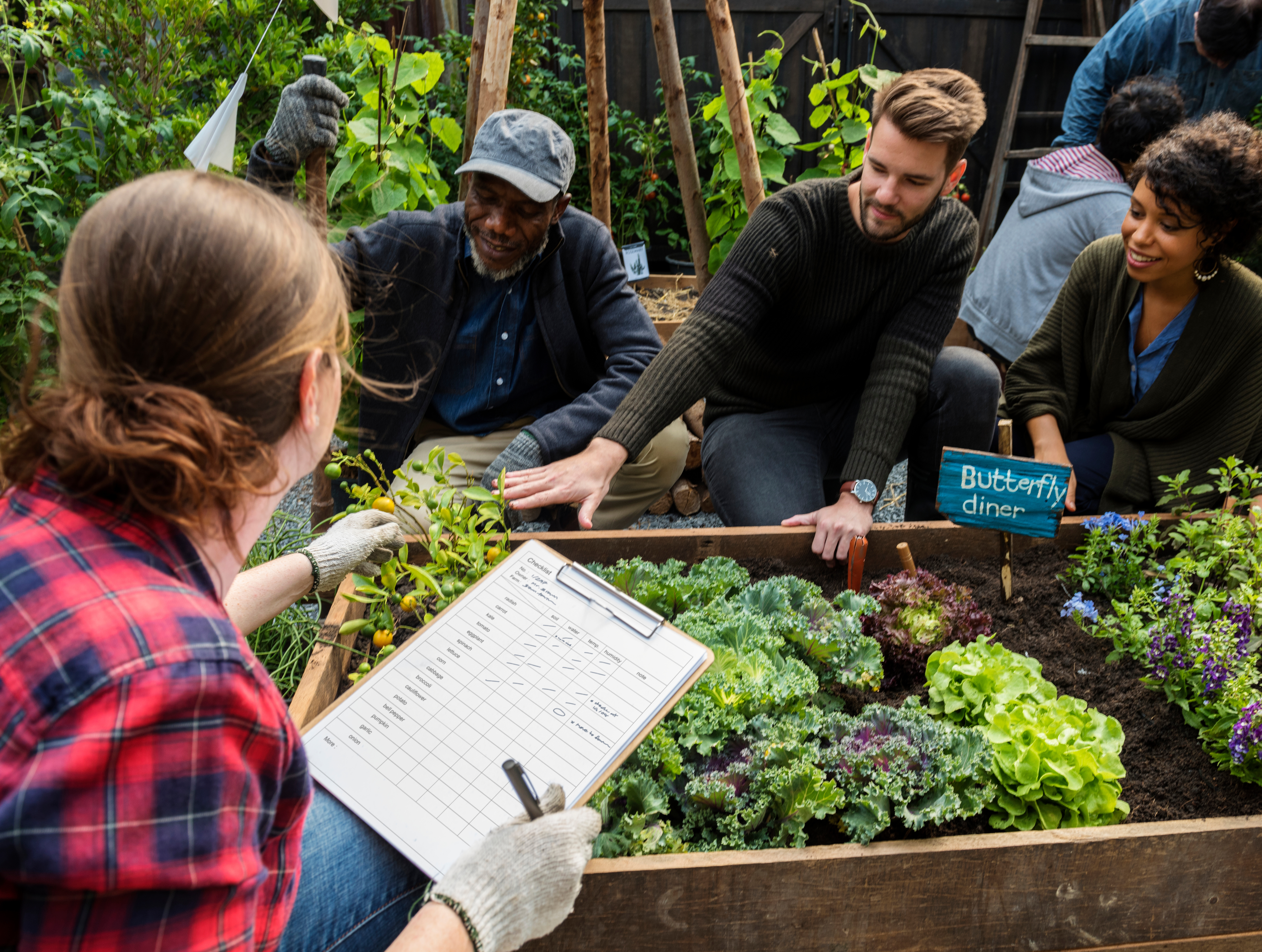
Publication | Growing Successful Community Gardens
How do we make community gardens more successful and help them persist through time with less reliance on Extension? This publication identifies five criteria that are important for the long-term success of a community garden: (1) land security; (2) community support; (3) resource mobilization; (4) environmental conditions and garden design; and (5) governance, management, and leadership.
Learn More
Assessment | Community Leadership Priorities Assessment
Offering a leadership program is a way for a community to develop depth of leadership in community members. A good starting point is to assess the community leadership priorities. This assessment allows local individuals, government, business, and organizational representatives to share their priority outcomes for leadership skill development, establishing a solid foundation for aligning leadership program content.
Learn More
Publication | Imagine the Implications! Facilitating Mind Mapping to Identify Community Repercussions from a Disruption
Community disruptions are changes in the world that cause us to rethink our community systems and processes. This publication provides step-by-step guidance to Extension Agents or community leaders on how to facilitate a group mapping exercise to identify implications of a community disruption and consider actions for responding to those disruptions.
Learn More
Publication | Moving from Listening to Action: A Guide to Facilitating Focus Groups for Community Asset Identification
Involving community members to explore their local health environment is an effective way to engage people in discovery of community assets. This publication provides guidance to Extension Agents to facilitate a focus group to explore health assets and organize community members for follow-up health improvement actions.
Learn More
Publication | Mapping Local Networks to Reach Stakeholders and Mobilize Resources
Stakeholder mapping is a process of aligning projects or ideas with the people that will be most impacted by it. Connecting to people who could be negatively impacted by the project or issue allows early consideration to change plans with unanticipated consequences or that are not publicly supported. By aligning people or groups that benefit from the effort, the initiative gains resource connections and broader involvement.
Learn More
Publication | A Policy, Systems, and Environment Approach to Community Health
The existing policies, systems, and environments that impact community health can be a confusing maze of physical attributes, organizational systems, and rules that govern behavior. This document will help Cooperative Extension agents and health advocates to tease apart the complexity of community living and use a Policy, Systems, and Environment (PSE) approach to identify assets and barriers to community health and explore the importance of engaging community members in the process.
Learn More
Guide | A Convener's Guide to Hosting a Public Forum
This guide is intended to provide support to Cooperative Extension professionals who intend to bring the public together for an issue discussion. It will provide a general overview to help the convener of a public meeting address basic details needed to design and host a meeting.
Learn More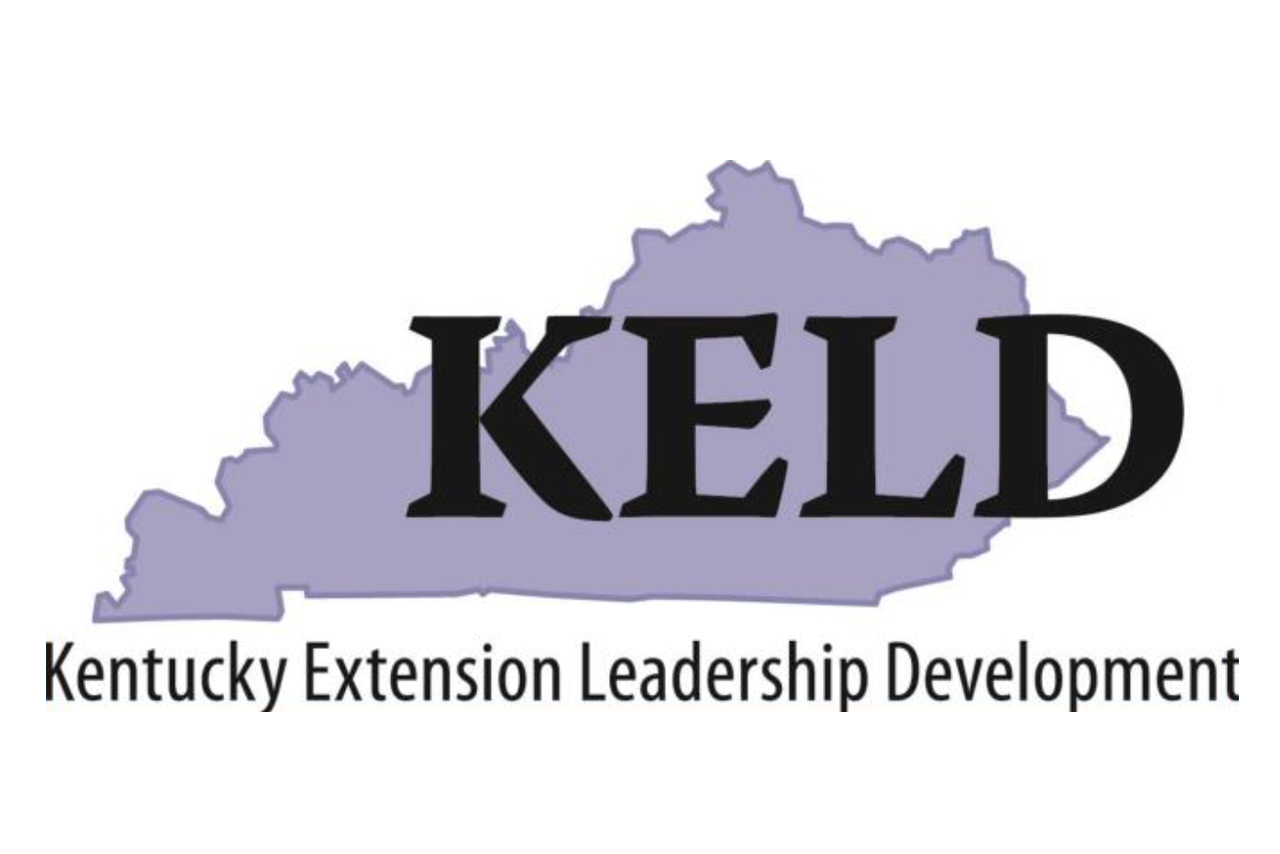
Kentucky Extension Leadership Development (KELD) Publications
Dr. Kristina Hains in the College of Education coordinated the development of three publication series on personal, organizational, and community leadership skill development.
Learn MoreHealthy Community Connections Publications
This program curriculum uses John Kotter and Holger Rathgeber's book, That's Not How We Do It Here! to frame group discussion, with the goal of building the confidence of the group to actively bring about change, while expanding the group's networks to address community change.
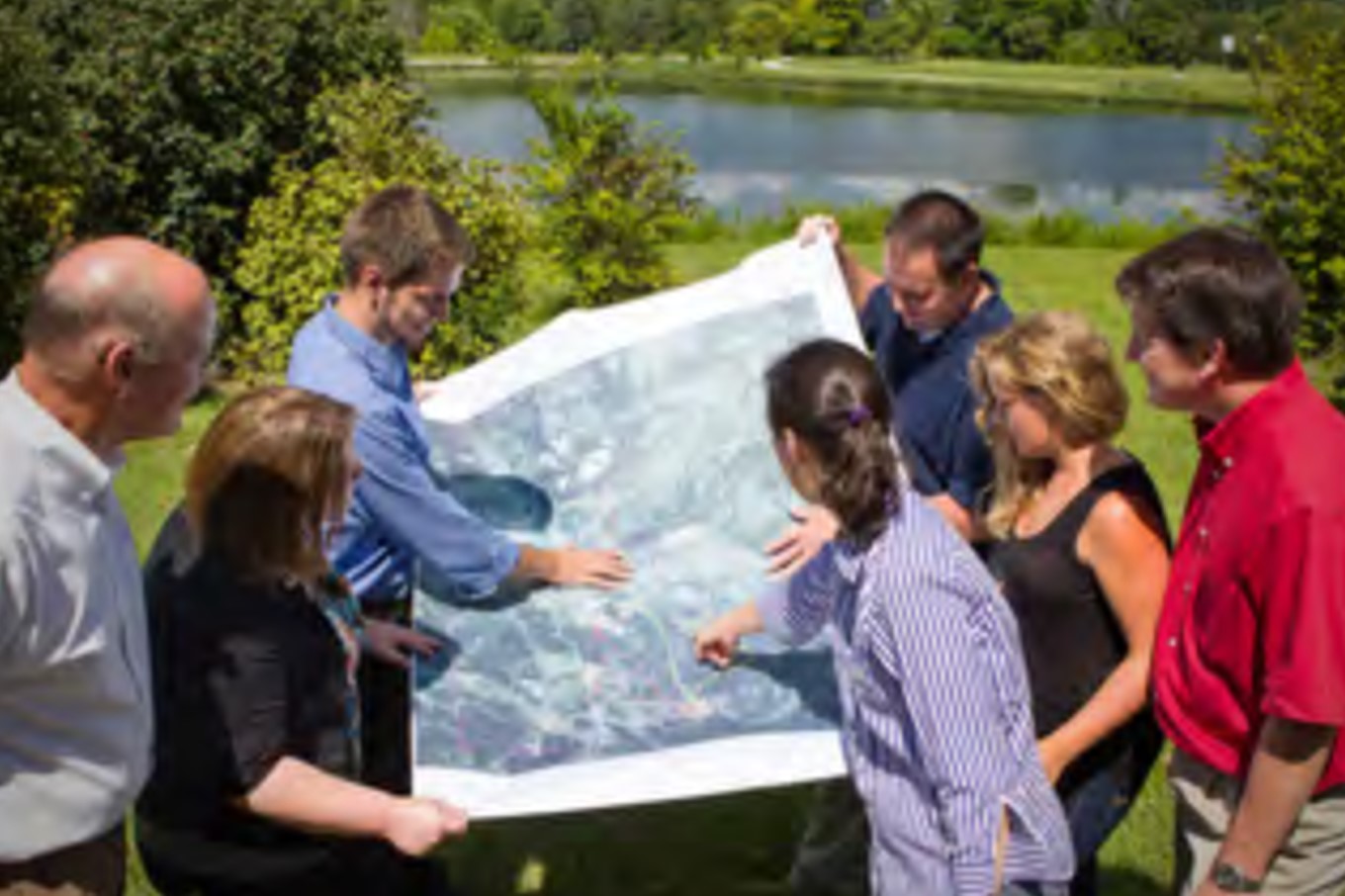
Facilitator Guide | Leading Healthy Community Connections
Cooperative Extension can be a catalyst for change by helping to coordinate and invite community members to actively assess access to healthy foods and resources. Examples of methods of assessment include environmental mapping or walking assessments, leadership programs, focus groups, and public gatherings.
Learn More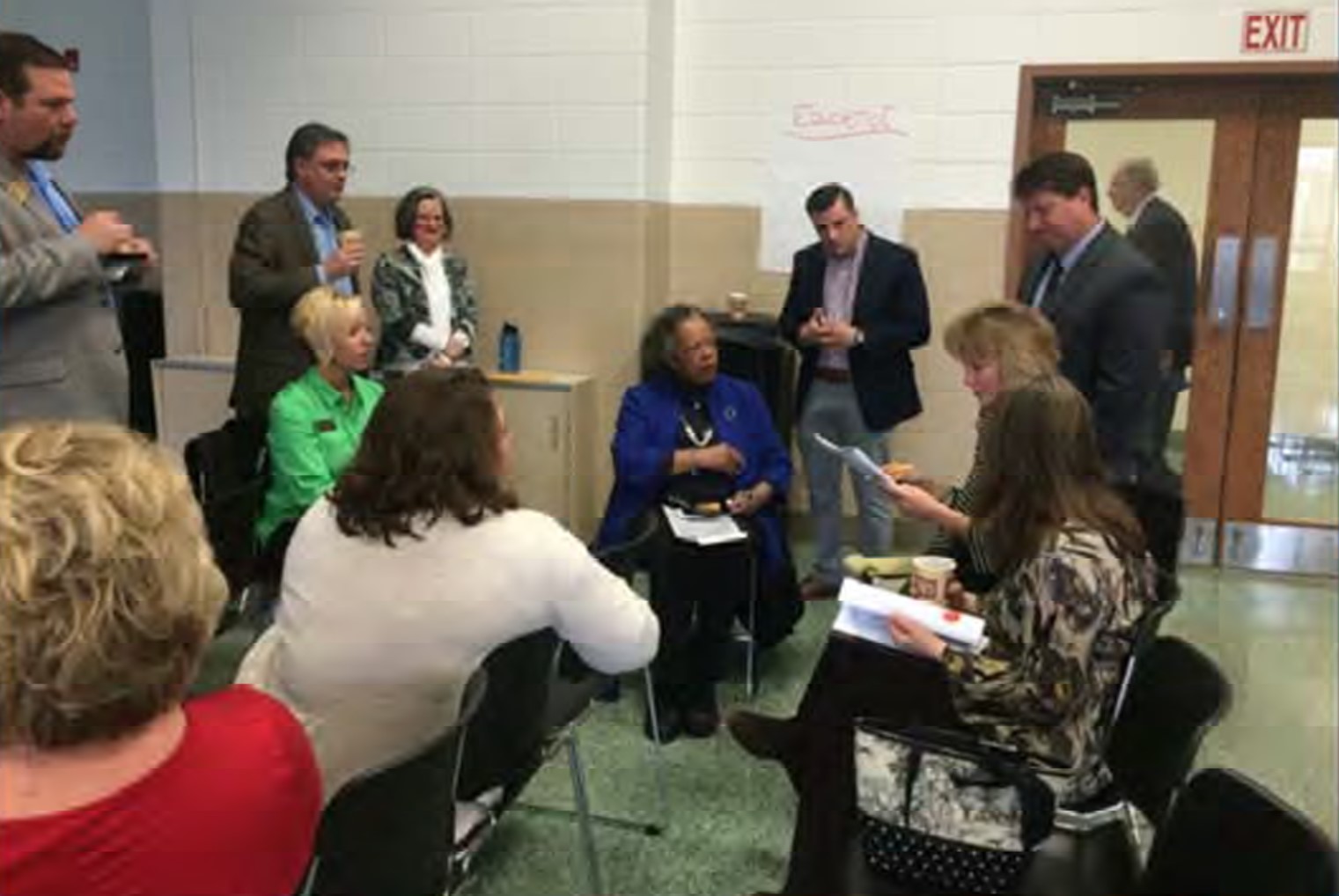
Participation Guide | Leading Healthy Community Connections
This program curriculum will build group knowledge of community systems and community change, and expands the group's awareness of local policies, systems, and environmental conditions that impact health.
Learn More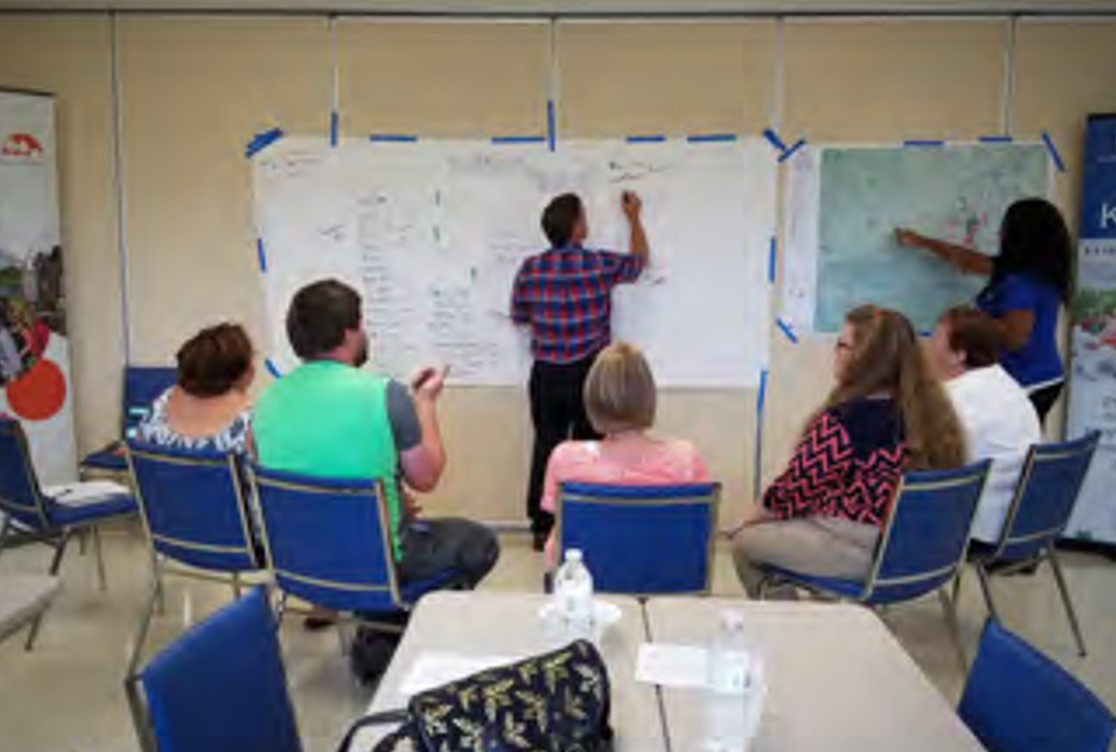
PowerPoint Presentation | Leading Healthy Community Connections
Materials for Leading Healthy Community Connectionswere created by Daniel Kahl, University of Kentucky, CEDIK as a SNAP-Education community change initiative to improve community level health factors. The leadership program is based on the book That’s Not How We Do It Here by John Kotter and Holger Rathgeber© Kotter International 2016.
Learn More